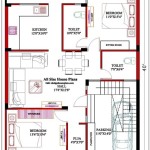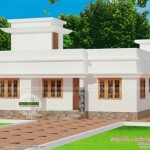Essential Aspects of Bat House Plans BC
Bat houses provide a much-needed shelter for bats, which are important pollinators and insect controllers. When designing and building a bat house, careful consideration must be given to various factors to ensure its effectiveness. This article explores essential aspects of bat house plans in British Columbia (BC) to help you create a successful habitat for these fascinating creatures.
1. Size and Design
The size and design of a bat house depend on the target bat species. In BC, the most common species is the little brown bat, which requires a house with an internal volume of at least 0.5 cubic feet (14 liters). The house should have a landing platform at the bottom, a roosting chamber, and a slot or opening for bats to enter and exit.
2. Materials and Insulation
Bat houses should be made of durable materials that can withstand extreme weather conditions. Cedar or redwood are excellent choices due to their natural resistance to rot and decay. Insulation is essential to maintain a stable temperature within the house. Foam insulation or reflective materials lining the walls can help regulate heat.
3. Location and Placement
The location and placement of a bat house are crucial. Choose a sunny spot that receives at least six hours of direct sunlight per day. The house should be at least 10 feet (3 meters) above the ground and away from trees or buildings that may obstruct sunlight. It should also be protected from wind and rain.
4. Ventilation
Proper ventilation is essential to prevent overheating and moisture buildup. Include ventilation slots or holes in the sides of the house, near the top. These openings should be small enough to prevent predators from entering, but large enough to allow for airflow.
5. Color and Finish
Dark colors absorb more heat than light colors, so consider painting the bat house a dark color, such as dark brown or black, to attract bats. A rough or textured surface can also provide grip for bats to land and roost.
6. Monitoring and Maintenance
Once installed, it's important to monitor the bat house regularly to assess its effectiveness and make any necessary adjustments. Check for signs of bat activity, such as guano or droppings, and remove any obstructions that may prevent bats from using the house. Periodic cleaning and maintenance can help keep the house in good condition.
Conclusion
Designing and building an effective bat house plan in BC requires careful consideration of various factors, including size, design, materials, location, ventilation, color, and maintenance. By following these essential aspects, you can create a suitable habitat for bats, contributing to the conservation of these beneficial creatures and promoting a balanced ecosystem.
Building Homes For Bats

How To Build A Bat House Lee Valley Tools
Building Homes For Bats
Building Homes For Bats
Building Homes For Bats
Building Homes For Bats
Building Homes For Bats
Building Homes For Bats
Building Homes For Bats
Bat Box








